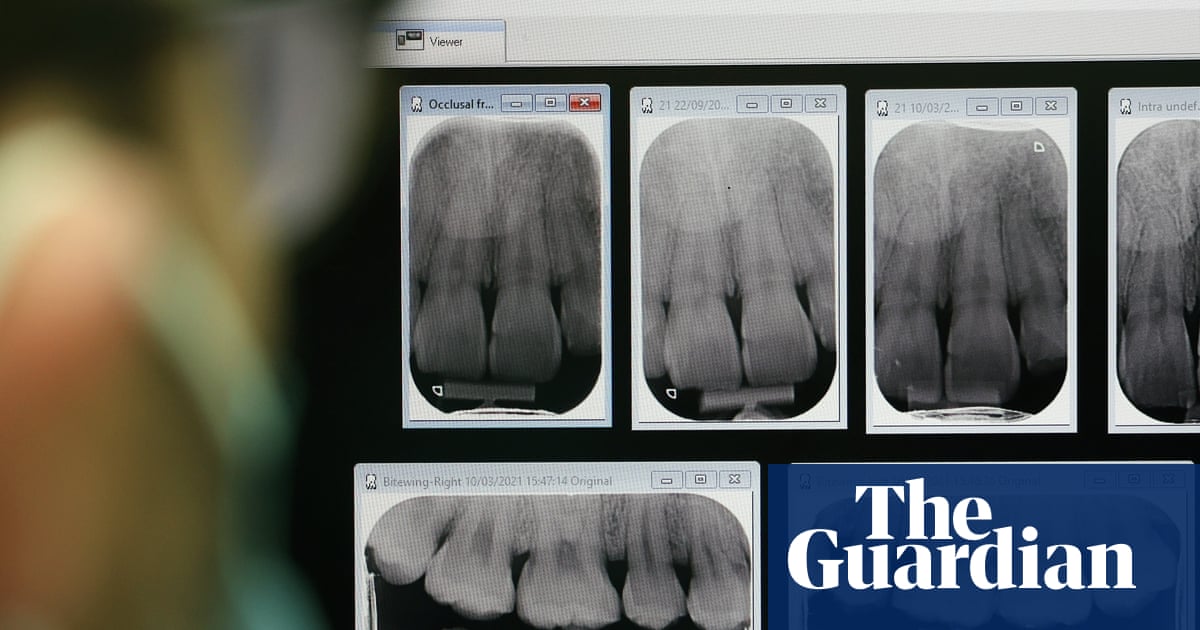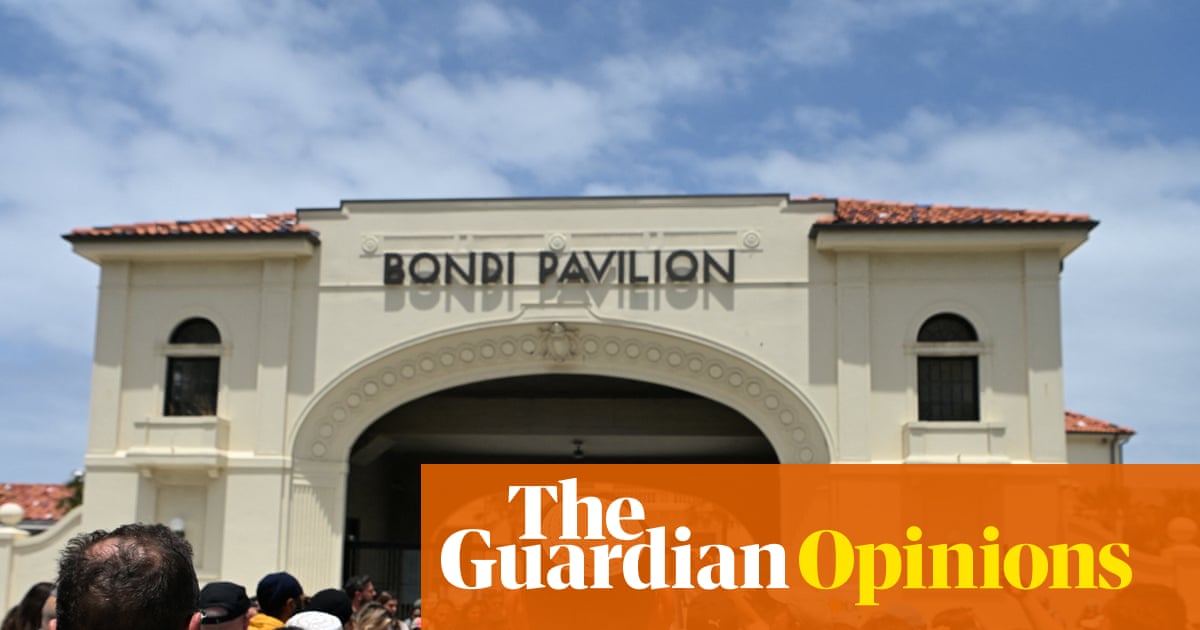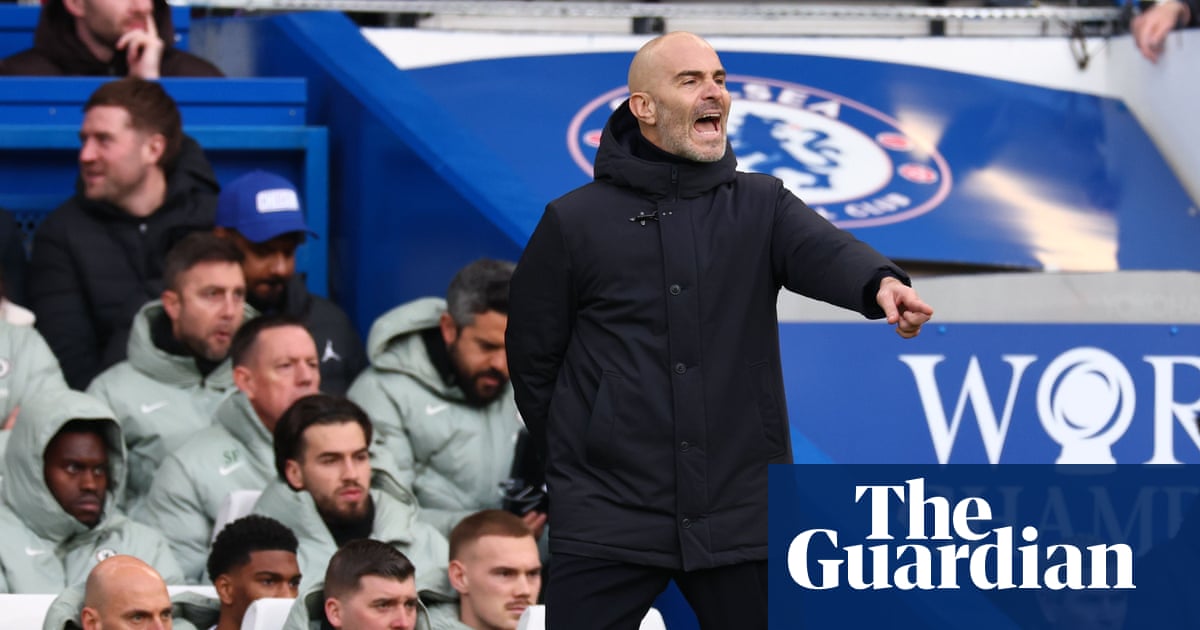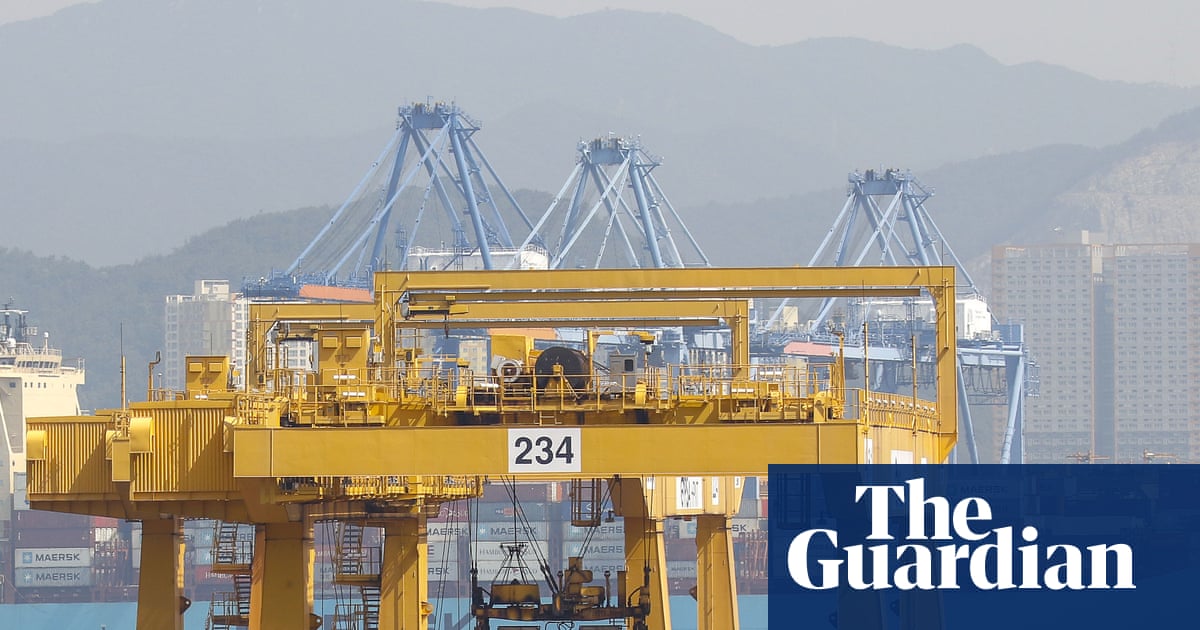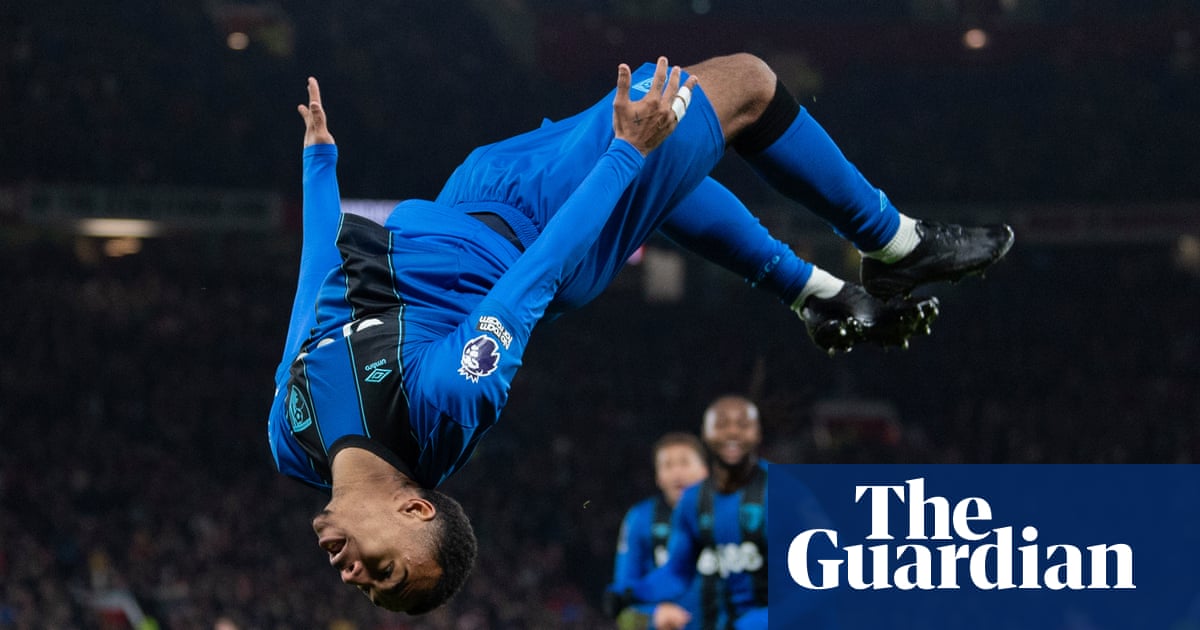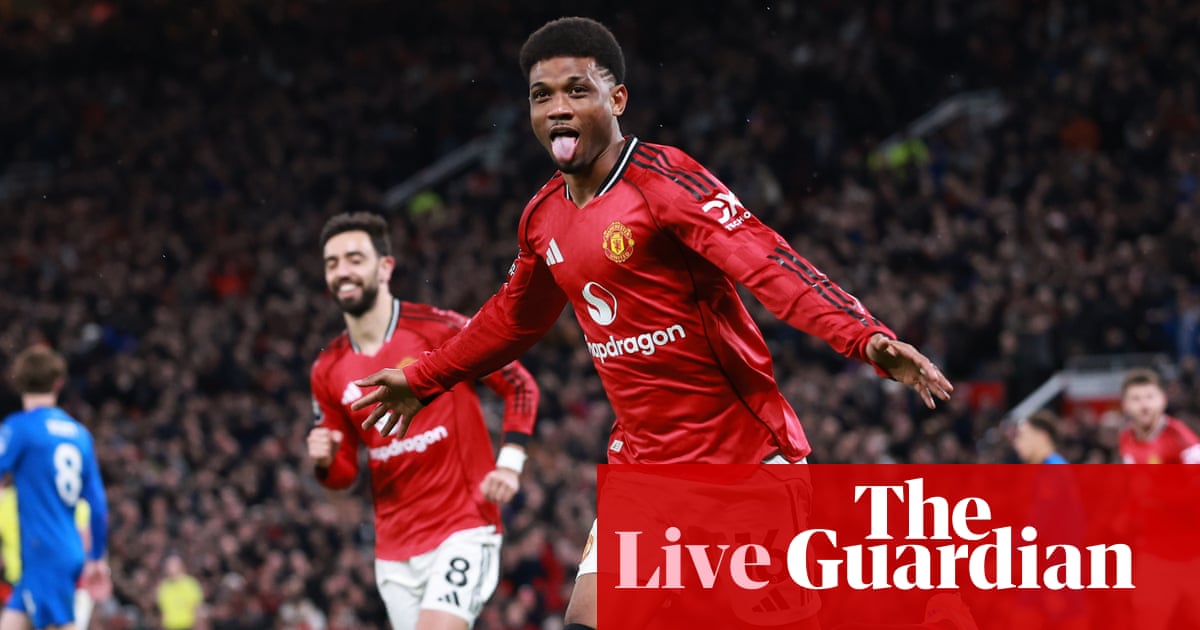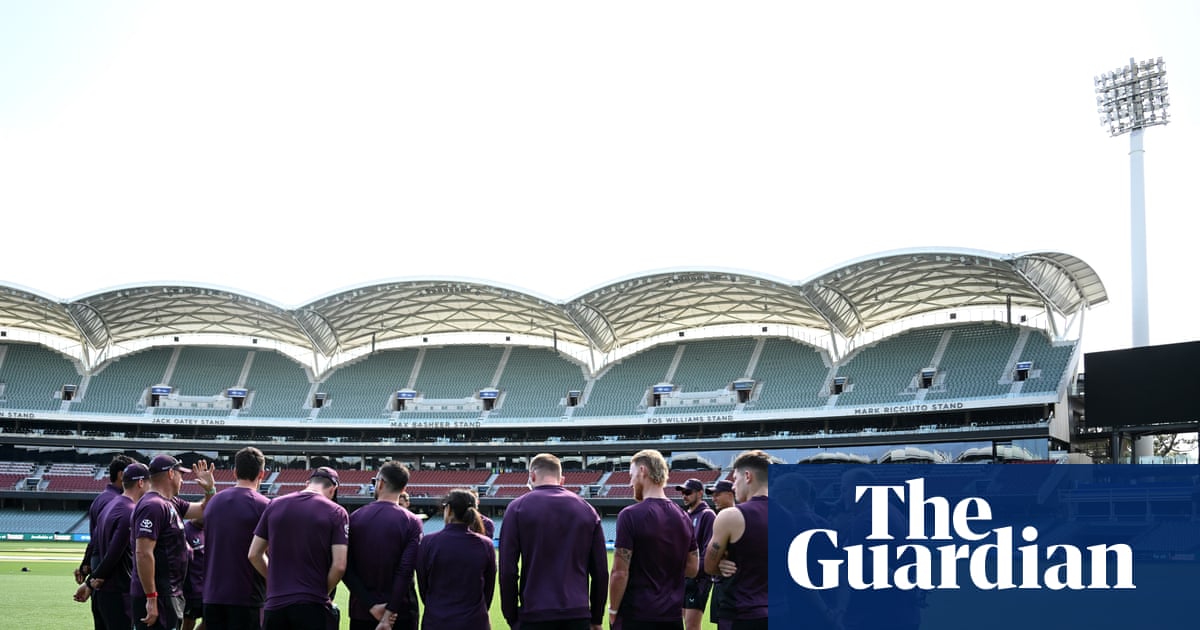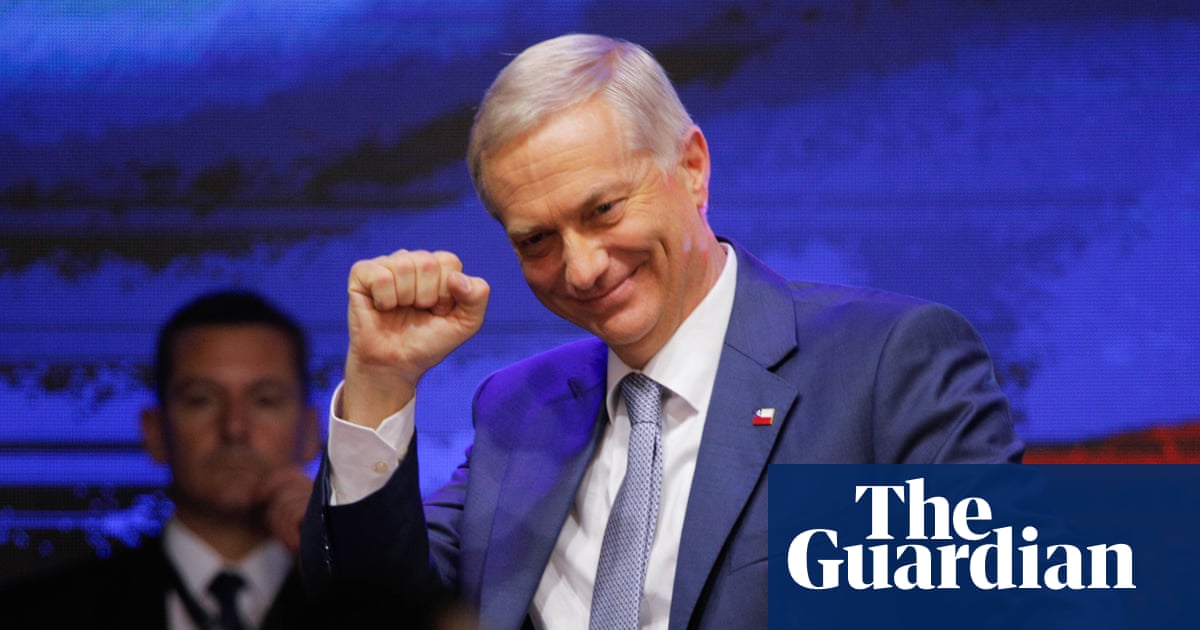Graham Potter still turned up for work on Saturday morning, even though there was no work left for him to do. A team meeting was arranged, at which Potter announced to general bewilderment that he had been sacked. Potter left. Training was delayed because nobody was available to take it. Eventually the new coach, Nuno Espírito Santo, arrived on site and hastily began preparations for the Everton game on Monday.
Perhaps on reflection it was inevitable that West Ham United’s big set-piece appointment went the same way many of their set pieces have gone this season. “We’re not West Ham any more,” disgruntled fans have been chanting at recent protests against the club’s ownership, but consider the evidence. A bungled sacking. A fiesta of contradictory leaks and briefings. Chaotic performances on the pitch. A vacuum of leadership and direction. Catastrophic recruitment. An early relegation battle. Fans in open revolt. I don’t know. Sounds pretty West Ham to me.
In many ways Nuno is the perfect manager for the current shambles, which is not entirely a compliment. Nuno will sort out the leaky defence, inject some energy in midfield, get the team running as a unit, put some points on the board, turn a diplomatic cheek to the foibles around him and extravagances above him. He will not become a face‑swap meme. He will not go on Monday Night Football to point at a large television and explain what a genius he is.
But what he will also not do is provide any wider sense of mission and purpose, offer any broader footballing vision beyond the creation of numerical overloads, give this restless and desperately sick club any clearer idea of its place in the world. The protests may subside. There may even be some decent, stirring football and a tilt at Europe some day. But West Ham have had these things in the past and it has not brought them peace, because what they lack is ultimately something far deeper and more existential.
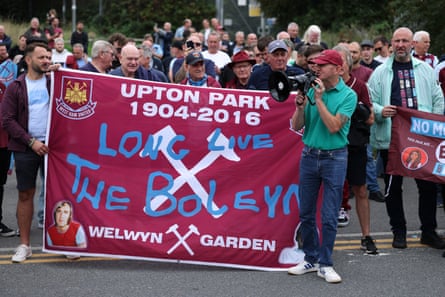
What makes the identity of a football club? Place, people, history, memories, symbols, songs. On raw materials alone, West Ham should be one of the easiest sells in English football: an east London institution attracting 62,000 a week, the eighth-longest serving club in the Premier League. In a league run by opaque funds and investment instruments, it is one of the very few in local ownership. David Sullivan grew up in Hornchurch and his late co‑owner, David Gold, lived on Green Street. There is a culture and authenticity, a community and a global brand, and plenty of cash to burn. How do you get this so wrong?
Perhaps the enduring paradox of West Ham is that while it has always been a club in London, it has never truly been a London club. More correctly it is an East End club, a part of town with its own character and outlook, its own rituals and vernacular, the grizzled pride that comes with being outsiders in your own city. Not tourist London, not establishment London, but a kind of walled fortress where everyone held tight, where everyone knew who they were because – importantly – everyone knew where they were.
The London Stadium was conceived as a world-class athletics venue and perhaps the kindest thing you can say about it today is that it remains a world-class athletics venue. The shallow rake efficiently disperses the noise up the back straight; the high distant seats offer a magnificent view of the javelin competition. There is a nice canal alongside and as much boutique street food as you can eat. But a walled fortress it is not, and can never be. And frankly it is the most visible symptom, if not the underlying cause, of modern West Ham.
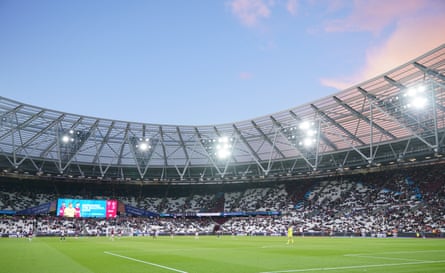
The stadium has secured the future of West Ham, but at the expense of its present. And put yourself in Sullivan’s and Gold’s shoes for a moment. You took over a club nursing nine-figure debts, competing in a rapidly overheating league populated by billionaires and nation-states. You are not men of football but men of numbers, and in this landscape all your principles are secondary to the first: you must not, under any circumstances, get relegated next May.
Everything flows from this survival instinct. This is why West Ham have a squad full of short-term fixes, assembled with no real vision or coherent idea. £40m for Max Kilman, £27m for Nicklas Füllkrug … £7m to take Kalvin Phillips on loan. This is why, of the 86 players signed for a fee since the takeover, only three – Dimitri Payet, Flynn Downes and Mohammed Kudus – have turned a significant profit. This is also, by the way, how you end up hiring a head of recruitment in January and most likely sacking him before the year is out.
after newsletter promotion
This is why, despite being situated in one of the richest talent seams in the sport, not a single academy player born since 2000 has become a regular Premier League starter. The potential is out there. Ezri Konsa played at Senrab up the road. Rio Ngumoha learned his football in the five-a-side cages of Newham. Ayden Heaven was in the West Ham academy until the age of 13. The under-18s won the Youth Cup a couple of years ago, and most of them are still at the club. But for reasons of opportunity or circumstance, quicker movers or richer predators, this is no longer a place where you can envisage local talent flourishing.
The money is clearly there, too. Premier League revenue, European revenue, the Declan Rice fee, sell‑outs every week, the removal of many concessionary ticket categories: why is there so little evidence of West Ham’s richness where it matters? Perhaps this explains the sense of bitterness between the fans and the boardroom: the sheer scale of waste, the pure disconnect between a fanbase feeling increasingly poor and an ownership throwing bad money after bad, between a fanbase invested for life and a board that can barely see beyond the weekend. Meanwhile your owner has become increasingly elusive and your vice-chair has a weekly column in the Sun explaining why you all just need to chill out, actually.
And on some level the tale of West Ham is a parable for something larger than West Ham, something larger even than football. The feeling of loss and dislocation, communities broken up and parcelled off, the total absence of control and agency, the suspicion that your toil and your tears are making somebody else rich. And few places have endured this process as swiftly or violently as east London: a community essentially uprooted from itself, stripped and gentrified, flooded with investment that somehow always seems to be flowing somewhere else.
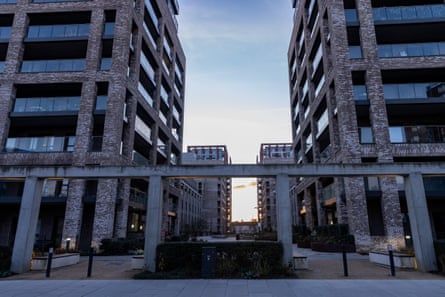
You can still visit Upton Park now, but it looks a little different these days. The old ground was broken up and sold off for housing. Ken’s Café on Green Street is now something called Bad Boyz Diner. The old supporters’ club headquarters is now a gym. You can buy a flat in Lyall House or Sealey Tower, stroll along Ironworks Way, sit in the Boleyn Ground memorial garden that has been landscaped in a bubble-themed design. Place, people, history, memories, symbols, songs, a 24-hour concierge and private balconies. You ask who West Ham are these days. Perhaps a better question would be where.

 2 months ago
71
2 months ago
71

